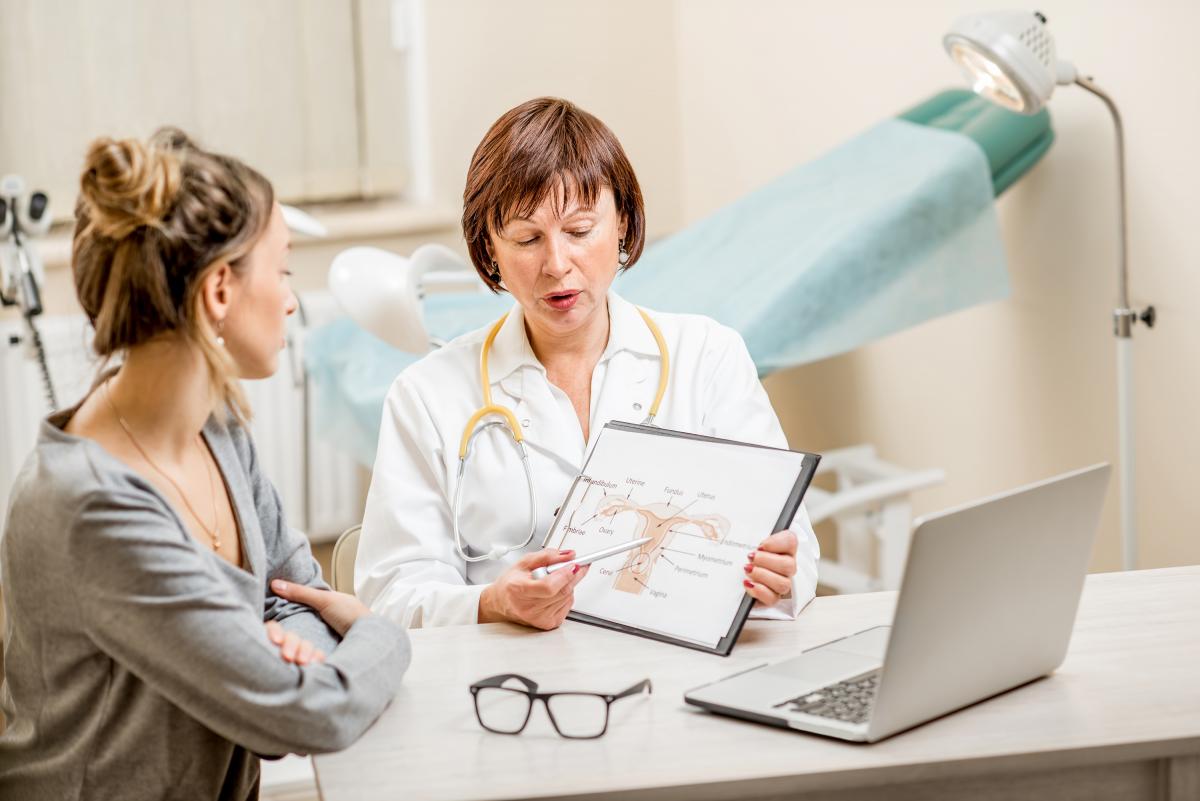Patients with endometriosis and pelvic pain can often present with multiple symptoms and concerns, particularly if they have been experiencing these symptoms for awhile. It can be difficult to unravel these complexities in just one appointment but the below guide can help you begin the diagnosis process.
Does having a diagnosis help patients?
Studies have reported that a diagnosis can validate the patient’s experience with people reporting that they feel vindicated and relieved that they have a name for their condition and they can see evidence (e.g. photos) of their ‘invisible disease’. Some patients also report feeling shocked or angry at those who had not taken their problems seriously.
In terms of fertility, the Australian Longitudinal Women’s Health Study found that one in three women using ART had endometriosis. Of these, 65.6% were diagnosed before their first ART and 34.4% were diagnosed after. Women diagnosed with endometriosis after their first ART (compared to women without endometriosis) were:
- More likely to use IUI
- Tended to have more cycles (11-36 cycles)
- Less likely to report a birth

Useful questions to ask your patient
Patients with endometriosis or pelvic pain can present with many different symptoms. The following guide can help start the conversation about their experience.
- When did your pain start? At menarche/Before you were 20 or later?
- Do you have to take time off school or work?
- Did it progress from just period pain then to pain around ovulation then all the time?
- Do you have back pain?
- Do you have bladder/bowel pain or painful sex?
- Do you have stabbing pain or shooting pain or pain down your sides?
- Do you have fatigue/ headaches/ nausea/difficulty sleeping?
- Do you have a family history of endometriosis?
Based on their symptom presentation you may want to investigate further with an ultrasound or MRI. However, getting the right imaging is important.
What is an endometriosis ultrasound?
Endometriosis scans (eTVUS) are different to standard scans. Only 2 markers of endometriosis will be detected with a standard scan but 7 are detected on an endometriosis scan (see table). Endometriosis scans are very good at detecting ovarian endometriomas and deep infiltrating endometriosis. If there is a positive marker of endometriosis, there is a 90-96% chance your patient has endometriosis. If there is a negative finding, there is still a 35% chance they could have pelvic lesions. To learn more about how to do an endometriosis scan and for videos see this article.
Are MRIs useful?
Many people with endometriosis are unable to tolerate pelvic scans for many reasons. Adolescents, transgender men and people with severe pelvic floor pain and spasm may find transvaginal scanning difficult. MRI (eMRI) is a valid option with high accuracy for ovarian endometrioma and deep infiltrating endometriosis. If there is a positive marker of endometriosis, 80% of the time endometriosis is present. If there is a negative MRI for endometriosis, about 30% of your patients will still have some endometriosis. It is important that an MRI scan is performed by a radiology group with experience in identifying endometriosis-specific features. MRIs are more expensive than transvaginal scans but sometime reveal additional features of endometriosis.
| eTVUS endometriosis markers | eMRI endometriosis markers |
|---|---|
| Endometrioma* | Endometrioma |
| Adenomyosis* | Upper rectal distortion |
Question mark sign (anteverted, retroflexed uterus) | Fixed uterine anteversion and/or retroflexion |
Fixed or kissing ovaries (fixed together) | Thickened uterosacral ligaments |
| Fallopian tube distortion | Haematosalpinx |
The sliding sign (rectum glides freely over cervix) | Posterior cul-de-sac obliteration |
| Endometriosis nodules | Uterine serosal plaques |
| Elevated vaginal fornices | |
| (* identified by standard TVUS) |
When should I refer to a specialist gynaecologist?
Knowing when to refer your patient to a specialist gynaecologist can make all the difference to a person's experience with endometriosis and chronic pelvic pain. Below is a quick guide to when you may want to consider a referral:
- When hormonal treatments and simple analgesics are not managing pain
- If the patient is needing to take time off work or school regularly because of pelvic pain
- When a transvaginal scan or MRI shows endometriosis
- When imaging is negative but pain symptoms persist
- If ovarian reserve as measured by anti mullerian hormone or antral follicle count on a scan is low
- When there is pain with intercourse or tenderness at the top of the vagina
 Skip to main content
Skip to main content